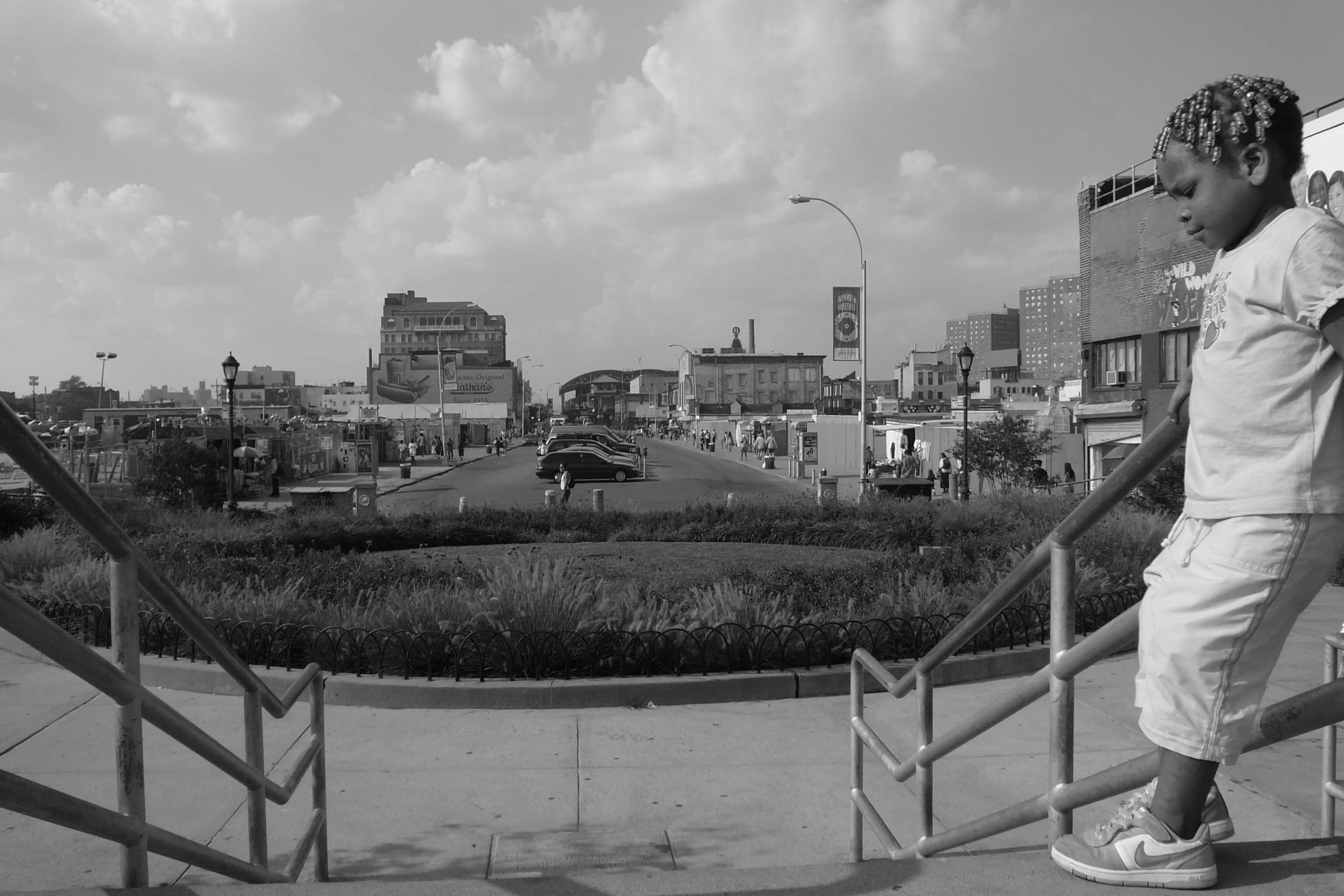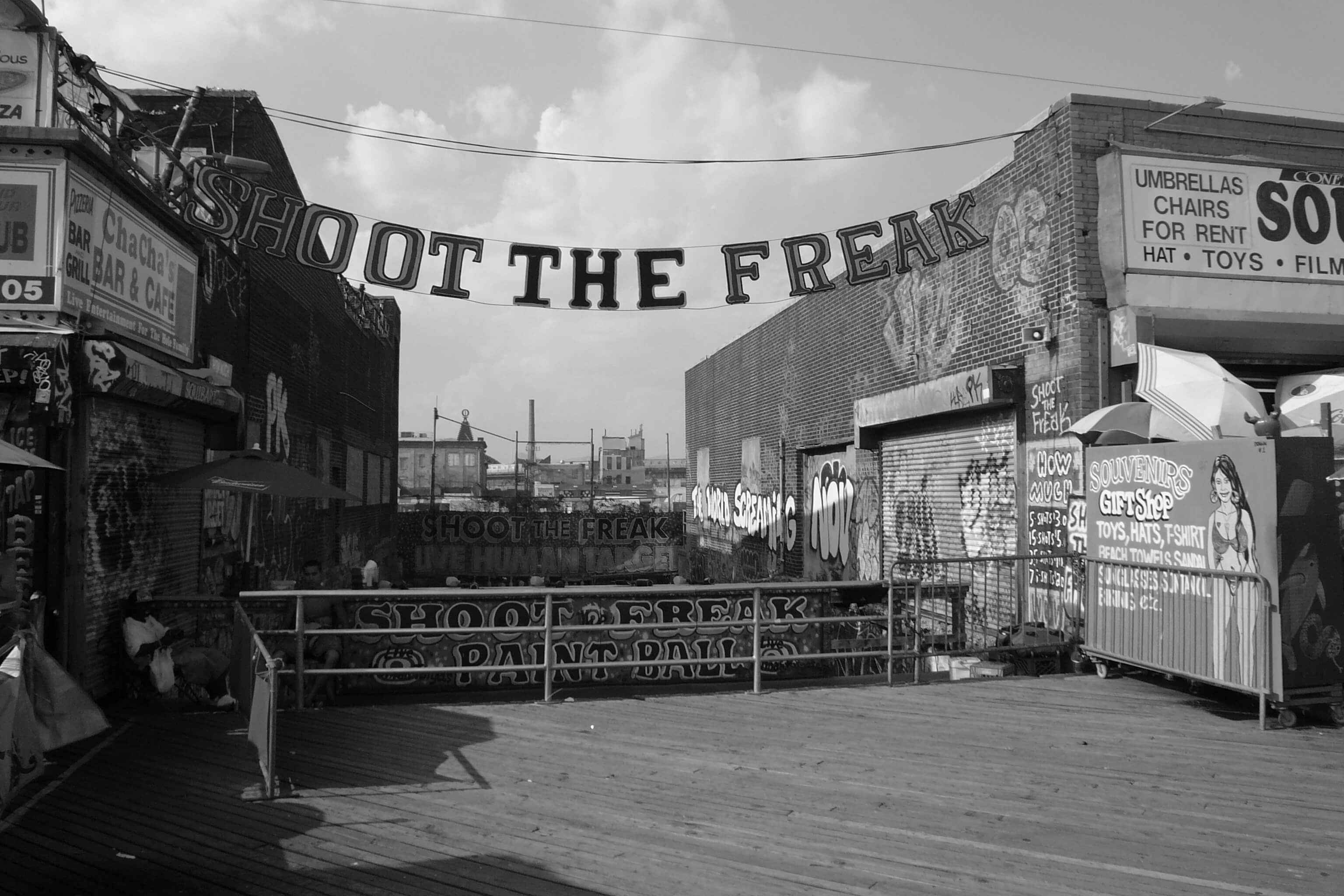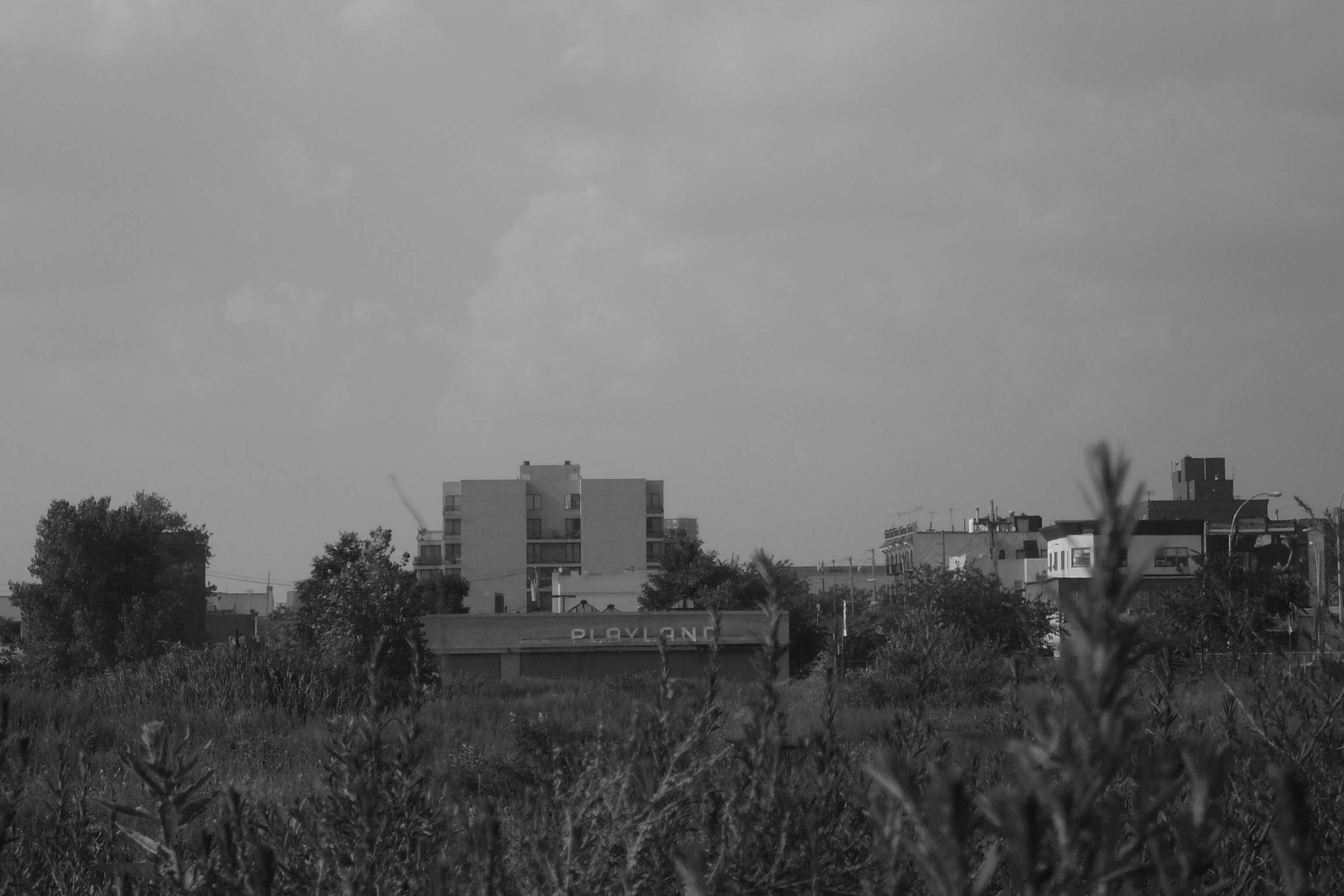A short soliloquy to the power of steam, specifically Nickel Plate Road 765, a legendary locomotive, plus a lay discussion of the changing face of American transportation.
I’d tasted ash on the roof of my mouth for weeks before the trip, heard ‘chuff…chuff…chuff…’ in everything.
“Did you hear that?”
No one else heard it. But that’s what a steam locomotive can do to you; summon the excited little boy or girl (or psychopath) in all of us. That is the power of steam.
Imagine you are standing on a sidewalk watching someone run towards you. Now imagine them running towards you without any skin.
Such is the difference between a diesel and a steam locomotive. All those processes; muscles flexing and stretching, organs pumping, etc., happen on the outside of a steam locomotive, compared to under the ‘skin’ of a diesel.
This three-minute video provides an apt comparison:
The first train is an Amtrak pulled by a (then) modern diesel, followed by an excursion train pulled by the legendary steam locomotive Nickel Plate Road 765.
It’s like an Apple Watch versus Big Ben. Whereas one is electricity and microchips, the other is something Doc Brown would’ve used to get the DeLorean back to 1985.
It’s fantastic to walk along a steam locomotive and comprehend that someone somehow knows how to finely-tune the thing to make it work, reliably and safely.
So much of my free time as a child was spent ‘chasing’ trains with my father. Driving at high rates of speed across fifty or sometimes a hundred miles to take pictures of a train (or trains) at different scenic locales. Being a ‘railfan’ is eerily similar to being a Star Trek ‘Trekkie’, except the former can be encountered trackside any day of the week. Railfans are die-hards about their hobby.
I was about three years old when I first encountered 765. I have no memory of it really, but the footage exists on Betamax video cassettes. Video shot from the passenger side of my father’s 1983 Dodge Aries shows the might drivers of 765 chop, chop, chopping away, like the finest jazz you ever heard, laughing out loud at her duties of the day, pulling twenty excursion train coaches of happy railfans. All of them foaming at the mouth at their luck to be alive in that moment.

The curious masses watch 765 cross Portageville Bridge. Click image to follow COA on Instagram.
Steam locomotives (and railroads generally) had a paradigm-shifting place in transportation history.
The westward movement of the nineteenth century American economy had been hastened by the opening of the Erie Canal, allowing for a direct marine connection from Chicago, then referred to as the Northwest, to ports on the Atlantic. But with the harnessing of the power of steam, railroads first made the Erie and then other canals little more than a pleasure boat novelty, followed quickly by the idea that maybe Chicago couldn’t really be called the ‘Northwest’ anymore.
What followed was the ‘robber baron’ era of railroading, when capitalists colluded and monopolized their way to an overbuilt network of redundant rail lines and upset customers hemmed into shipping by rail at a rate determined by the railroads without any competition. Angry shippers wrote angry letters to their Congressman, and the big railroads fell under the thumb of excessive federal regulation that, kvetch though they might, was well-deserved.
Those chickens truly came home to roost after World War II when the US was the only fully-intact global superpower. Uncle Sam went all-in on the Eisenhower Interstate System, making the railroads compete for both passenger and freight business against a federal entity with an endless bank account and carte blanche to make the rules of the game. Railroads replaced the orgy-of-the-senses steam locomotives with much easier to maintain, sleek diesel locomotives.
And American boys and girls who once pulled trains across floors now lifted toy DC-7s into the sky; mimicking the roar of jet engines instead of that outdated chuff, chuff, chuff.
Built in 1944, 765 was a fairly-late arrival into the steam locomotive market. So when the end of ‘mainline’, every day use of steam locomotives happened in approximately 1958, she had less than a decade-and-a-half of use, making her a relative schoolgirl as far as the grand ladies of steam went. The limited wear-and-tear combined with the ultimate advances in mechanical precision of steam engines that the Lima Locomotive Co. had put into 765 made her an ideal candidate for preservation and, eventually, excursion train operations for rail enthusiasts. 765 ran these excursion trains much longer than she ran everyday, regularly-scheduled freight and passenger trains.
So when I heard that 765 was coming out of retirement for a second time in 2014, I was thrilled. And when I read that she would run over that same Western New York stretch of railroad where my father and I chased her, me in the car seat, in 1985, I was all in.
And for weeks ahead of that July 31, 2015 date, I’d been tasting ash on the roof of my mouth, hearing ‘chuff…chuff…chuff…’ in everything.
What can I tell you about the trip? 765 did her job; nothing fancy, no bells and whistles…wait…a ton of bells and whistles… but nothing to make you do anything but stand next to her majesty at the end of the trip and give her a respectful nod, wondering why she isn’t out there anymore, regular, pulling hundred car coal trains up and down a hill for hundreds of miles –with ease-like it was a walk around the block.
Loads that two or three modern diesels could only dream of going after; spinning their wheels, griping and moaning about ‘it’s too hard, it’s too steep’ and so on. 765 wouldn’t have anything to say about that, if she had words. She’s all action.
And so there she sat, in the same East Buffalo, NY rail yard she started in, but with three hundred miles of lifting behind her since starting out that morning.
There she idled, basking in the setting sun while the railfans’ shutters clicked away on her like she was Ava Gardner on a red carpet made of steel.
And then even the wet summer sky found the situation so pleasing it smiled down on her in rainbow. I lifted my camera, obediently, and shut my mouth, for I’d run out of words.
That is the power of steam.

Miss Thang basks under adoring skies after a ‘trip around the block’. Click to follow COA on Instagram.
“The Power of Steam” has also been published in the November 22, 2015 edition of Write City Magazine, the magazine of the Chicago Writers Association






 Coney Island remains an essential visit, be you a local or a tourist tired of the maddening crowds of Manhattan. Make sure to visit soon, as this might be the last summer of Coney Island!
Coney Island remains an essential visit, be you a local or a tourist tired of the maddening crowds of Manhattan. Make sure to visit soon, as this might be the last summer of Coney Island!